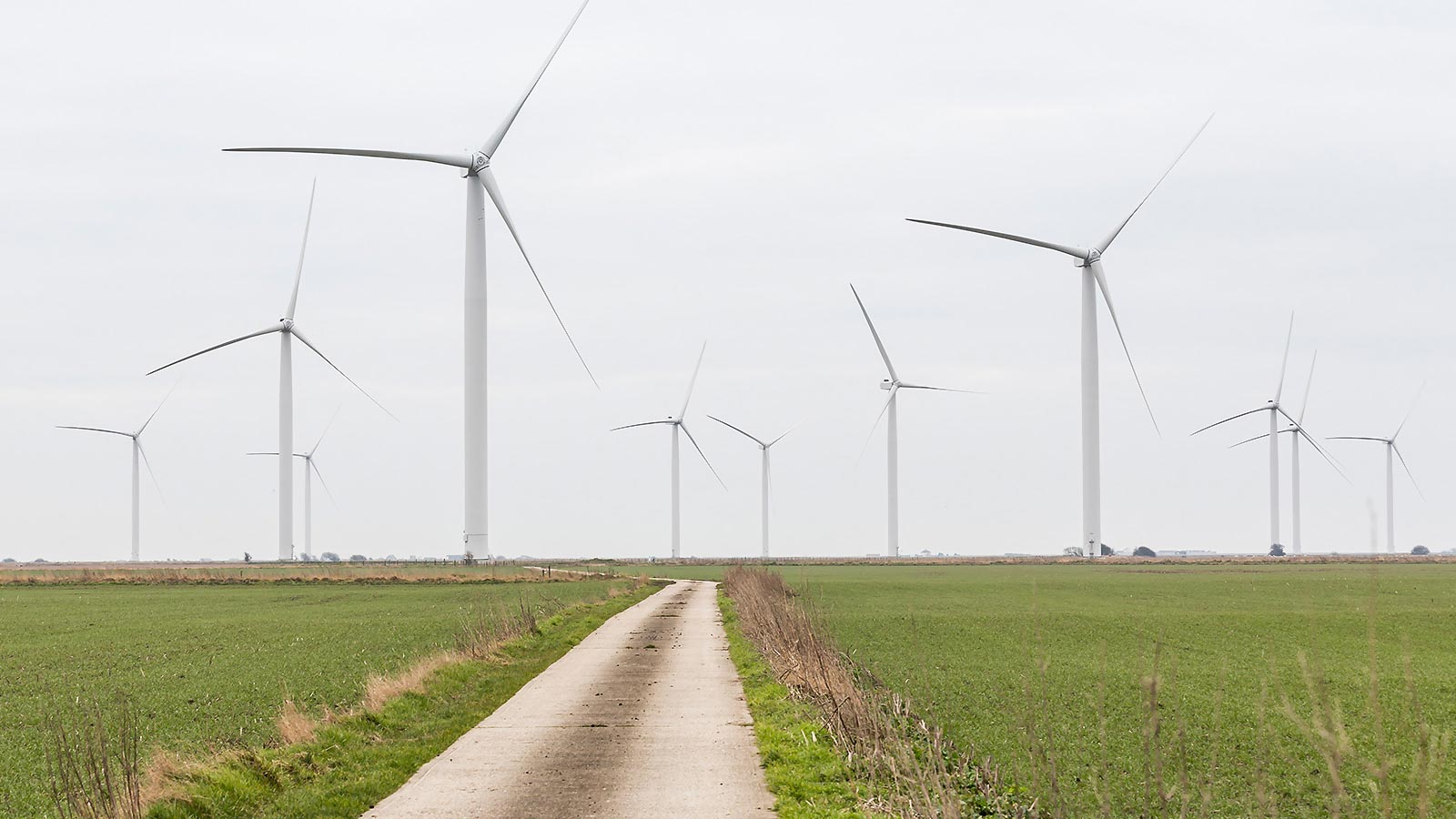{{item.title}}
{{item.text}}

{{item.title}}
{{item.text}}
Your carbon strategy outlines the specific steps you will take to reduce your net emissions, and considers any constraints you may face:
What non-discretionary compliance obligations do you have?
Have you made any discretionary commitments to stakeholders requiring participation in the voluntary carbon markets?
How much capital can you allocate and how is that amount being decided?
Do you have the right people and skills?
Figure 1: Constraints on a carbon strategy
Internal carbon price is a metric used by market participants to articulate their view of fair value of a tonne of carbon dioxide equivalent when used in internal decision making such as capital allocation. As with most things carbon, there is nuance. This price needs to have been applied over time and fully embedded into corporate budgeting and decision making to be effective and ensure that the enterprise is truly pointed towards the emissions reduction targets they must meet.
Given the recent changes to the safeguard mechanism, it will be interesting to watch how companies respond to the AUD$75/tCO2e cost containment measure that will be introduced. On the supply side, at least where cash flow is not required to keep the business running, this figure is likely to be seen as a price floor not a price cap.
Treating it as floor unlocks several opportunities for emitters to bring previously non-commercial carbon abatement projects back into consideration to address their demand needs. This assumes the higher costs of production can be passed through to the end customer and without a Carbon Border Adjustment Mechanism (CBAM) yet in force, this is not a given.
Your internal carbon price should increase over time as your internal abatement opportunities are addressed and the market matures towards the required carbon price to deliver the Paris Agreement pathway. The faster you respond, the more likely it is that you will arrive at a carbon strategy that delivers the outcomes you need, and that your stakeholders expect.
Figure 2: Internal pricing in carbon markets
When reported, Australian carbon credit internal prices are generally in line with other regions, however, it is evident there are many gaps in Australia’s internal pricing data, as companies are not yet regularly reporting it.
Australian Source: ACSI Climate Change Disclosure in the ASX200 2022
International Sources: All internal prices sourced from company Annual & Climate Change Reports as of most recent disclosure, if you’d like further information on the methodology of data sources please reach out to our team and we can share that with you.
An equitable marketplace design does not mean that carbon markets will impact each participant equally. Understanding the role you want to play in the market can help improve your own understanding and allow you to start to address some of the commercial questions such as ‘what is ‘fair value’ for a carbon credit?’.
Carbon markets will impact every company differently.
Figure 3: Participating roles in carbon markets
At the simplest level, there are five stages in the carbon credit lifecycle, and participants in the market can decide to play just one or multiple roles within that lifecycle. The ‘fair value’ that an individual participant determines for carbon can vary depending on which stage in the lifecycle they are assessing the credit.
Understanding the role you play in the market will help you answer questions such as ‘What is “fair value” for a carbon credit?’ This is challenging in carbon markets as there are several valuation methods:
Cost to create a credit: this is the cost to the supplier of sequestering a tonne of CO2-e, plus the return needed to make the activity commercially viable. This can vary dramatically across projects. The price is set by the marginal credit cost on the supply side.
Cost to abate a tonne of CO2-e: this is the cost that companies will pay to reduce their net emissions by buying (or transferring) a credit from the market. The price is set by the marginal credit cost on the demand side.
Figure 4: Australian carbon abatement curve
Source: Energetics Report to the Department of the Environment: Modelling and Analysis of Australia’s Abatement Opportunities
What might successful outcomes of a carbon strategy look like? We can think of this at several levels:
Society – a more rapid path towards a sustainable solution to climate change
Economy – a reduction in total emissions alongside economic growth; correct valuation of carbon; support for sustainable capital redeployment
Sector – emissions are reduced and accounted for:
hard-to-abate, non-substitutable sectors pass on costs to customers
hard-to-abate, substitutable sectors evolve to low-emission products and services
most participants: cost-effective abatement strategies are supplemented by carbon credits
carbon-negative participants are supported to deliver low-cost, carbon-negative products, service, and credits
Company – although different companies will face different challenges, based on their sector, available technology and competitive choices, an effective carbon strategy will provide them all with more confidence around:
their ability to deliver on strategic choices
the costs of addressing emissions
the potential revenues generated by addressing emissions
decision-making about capital expenditure and expected return
Well-designed, operated and efficiently functioning carbon markets will also help deliver several key outcomes for Australia:
effective and efficient capital redeployment
establishment of giga-scale carbon-negative solutions and products to sell into the global market
support for hard-to-abate sectors to transition or manage their emissions costs sustainably
role clarity and connectivity of the Australian carbon market with its global counterparts
performance for enterprise but also market cultivation and societal signals.
So, do you really need to participate in carbon markets?
If your carbon strategy is to manage your net emissions through abatement and you can do that in a cost-effective way, carbon markets may be less relevant for now. But if you are exposed to emissions regulations or have made public commitments to reduce your emissions, it is highly likely you will need to enter the carbon markets, if you haven’t already. And, as with any investment, you need to apply a level of rigour to ensure you get the best value out of your purchase.
Some critical questions are:
How much should you be paying for a carbon credit?
How can you make sure you aren’t paying too much?
Are you getting the ‘best’ credit in the market?
How can you ensure the quality and integrity of the credits you purchase to avoid greenwashing risks?
How does the market price relate to your internal carbon price?
Can you acquire credits that have co-benefits in line with my other priorities?
If you are a project developer generating credits, there are an equally challenging set of questions:
When should you make your credits available for sale?
Do you need the revenue for cashflow? If not, does this impact any additionality obligations?
Will you be exposed if the vintage component of pricing becomes an expiry date?
What is a fair value for the type of credit you are generating?
How can you monetise your co-benefits?
Should you be trading via an exchange or is there a better model?
Innovative responses to some of these questions are being seen as the market scales up. There is an increasing likelihood that the carbon component, at least, will commoditise although the market must maintain its integrity and be trusted by its participants to achieve this. Recent criticism in the media regarding the integrity of some project developers in the voluntary carbon markets have seen a significant volume of trades moved off exchanges to over-the-counter (OTC) transactions with some credit buyers investing directly in the projects themselves.
The act of direct investing, coined “beyond value chain mitigation,” is promoted by SBTi to encourage businesses to contribute to closing the gap on the 1.5°C pathway between the current trajectory and what is needed. And as such, we are seeing the awareness amongst investors growing around the additional benefits to the carbon market beyond regulation and public commitments.

Partner, Advisory, Climate Lead & Global PwC Energy Transition Lead, PwC Australia









